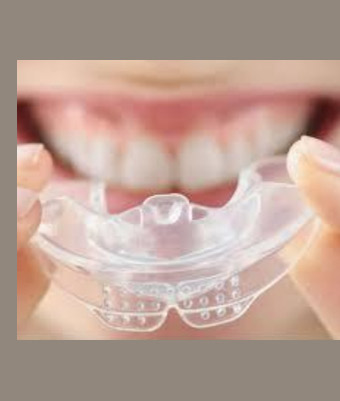FORM FOLLOWS FUNCTION
Myofunction refers to the function of the muscles. In dentistry, we are concerned about the function of the oral musculature. Some individuals have improper function of their oral musculature. For example, if an individual is not swallowing properly (tongue up toward the roof of the mouth, lips together and teeth apart), their palate or maxilla, does not develop properly and their face develops in a long and narrow shape. Often their lips are apart in their resting position and they breathe through their mouth. They develop a tongue thrust swallowing pattern. Their teeth become crowded and often they develop an anterior open bite. All of this can lead to improper breathing, reduced airway space, snoring and sleep apnea, difficulty chewing food properly, crowded and misaligned dental arches and sometimes even behavior issues.
Myofunctional Therapy is physical therapy for the tongue, face, lips, throat and soft palate to treat dysfunction. Through exercise programs, poor muscle function is targeted and corrected so that there are fewer problems later in life.
In adulthood, these airway problems can be associated with sleep problems, chronic fatigue syndrome, cardiovascular disease, high blood pressure, strokes, TMD/TMJ issues and much more. It is important to address diminished airway issues in childhood. Improper muscle function needs to be addressed in conjunction with traditional orthodontics. It is important to restore nasal breathing in mouth breathing patients, have correct tongue placement at rest and during swallowing.
The first thing Dr. Hanan focuses on is nasal breathing. Many children have their lips apart when breathing and breathe through their mouths. Mouth breathing exposes the tonsils and adenoids to dirty air, allergens, and pollutants and initiates a stress response in the nervous system. Open mouth breathing also disrupts the feedback to the upper jaw, leading to the downward, backward growth pattern seen in long-faced children with allergic shiners. Conversely, nasal breathing cleans, warms and humidifies the air and causes a relaxation response. If children can’t breathe through their nose, we may send them to an ENT doctor to get their airway sorted out before we can start with myofunctional therapy. We often recommend that patient work with myofunctional speech therapists if necessary as well.
Secondly, we teach children where their tongue needs to be at rest. It is important that it rests at the top of the mouth, at the point where it resides when most people say “N.” When the tongue rests away from the N¬spot, perhaps at the floor of the mouth or between the teeth, it can lead to different bite issues and problematic facial development patterns. Correct tongue placement is one of the most important goals of myofunctional therapy.
The third component is teaching children how to swallow correctly, which begins with the tongue on the N¬spot. As swallowing begins in utero, this normally requires at least a year of neuromuscular repatterning while the brain trains itself to swallow differently.


 Website Powered by Sesame 24-7™
Website Powered by Sesame 24-7™